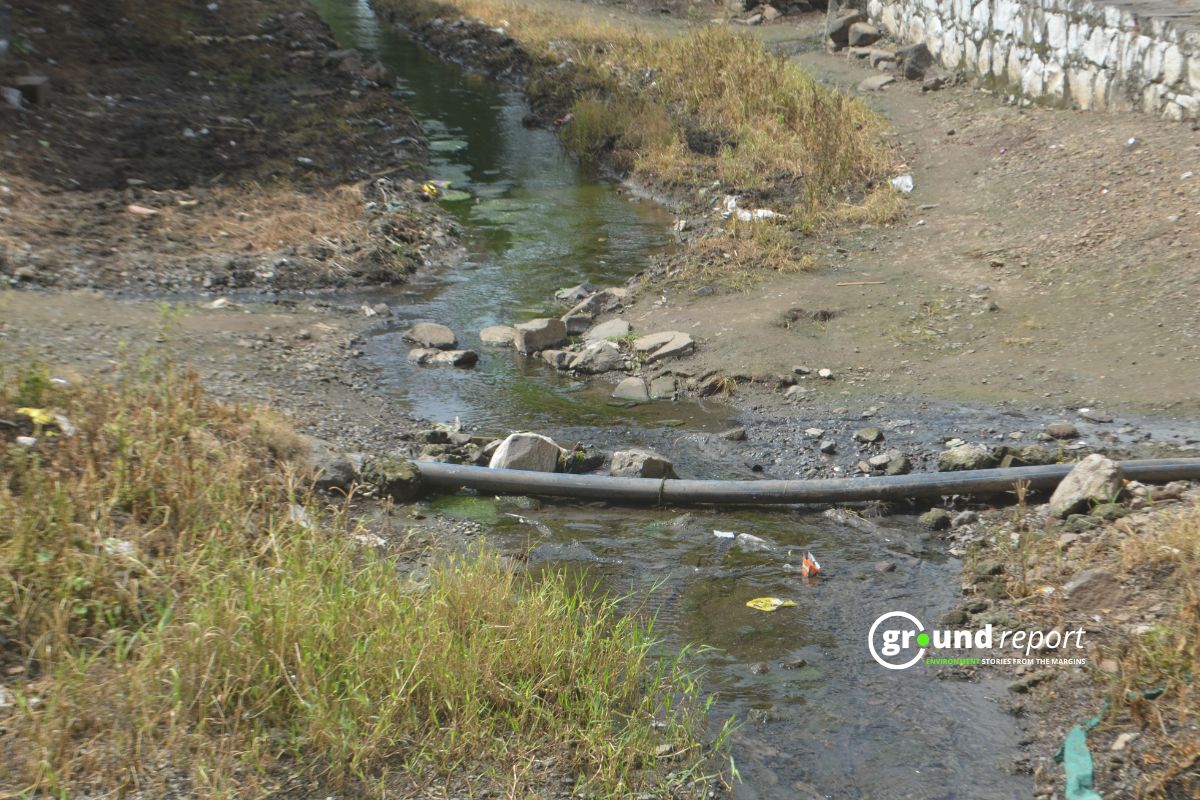Heavy rains in the southeastern United States caused flooding in the normally dry and hot Death Valley and several highways had to be closed due to the damage. National Park employees recorded huge jets of water falling from the hills.
Now, park authorities have shared a video showing mud cascades flowing down the side of a mountain in Death Valley National Park in the US. The cascades appeared after Hurricane Kay hit the area, causing a flash flood.
Death Valley National Park holds the world record for the highest temperature at 56.7°C and is also one of the driest places in the world. Now, the aftermath of Hurricane Kay has brought more heavy rain and an unlikely sight: waterfalls in one of the world’s hottest and driest places.
“Storms fueled by the remnants of Hurricane Kay caused severe localized damage in Death Valley National Park on Saturday afternoon,” park officials wrote on Facebook on Sunday, along with a stunning video showing muddy waterfalls cascading down down the mountainside into Badwater Basin.
The National Park Service said in a statement that Highway 190, the main road in and out of the valley, is missing a section of pavement in both lanes near Towne Pass.
It reported that rangers asked visitors to leave after receiving a warning of the storm an hour before its arrival from the National Weather Service. Numerous vehicles were temporarily blocked by active flooding before the NPS highway crew came to their aid.
State Route 190 is closed between Keeler and Stovepipe Wells, and Badwater Road is completely closed. The NPS added that some other park roads are still closed from flash flooding in August, a storm the park service referred to as a “1,000-year rain event.”
Death Valley receives about 2.2 inches of rain a year. The August flood measured 1.46 inches in just a few hours.
Death Valley
Death Valley is located in southeastern California, in the Mojave Desert, east of the Sierra Nevada. It is precisely this situation that causes its aridity. The imposing mountains, more than 4,000 meters high, capture the moisture-laden winds coming from the Pacific, keeping all the precipitation.
In this way, while the western slopes are loaded with vegetation, the eastern side of the Sierra barely receives rain throughout the year, no more than 57 litres per square meter, when the desert climate is considered to be that of those places that do not exceed the 300 litres.
Its orography and geographical location also contribute to making Death Valley extremely hot. It is a depression, with an altitude of 85.5 meters below sea level and surrounded by high mountains on all sides.
The sun’s rays heat the valley, this hot air rises and is trapped by the surrounding mountain ranges. It cools and falls back into the valley, where it is compressed and heated by the pressure of the air found at such low elevations: a veritable pot of burning atmosphere.
This has led to Death Valley holding the record for the highest air temperature ever measured on the entire planet. On July 10, 1913, the Furnace Creek observatory measured 56.7 degrees Celsius, a record that still remains the highest record, as some slightly higher measurements made later in other parts of the world have not been homologated.
Keep Reading
Part 1: Cloudburst in Ganderbal’s Padabal village & unfulfilled promises
India braces for intense 2024 monsoon amid recent deadly weather trends
Support us to keep independent environmental journalism alive in India.
Follow Ground Report on X, Instagram and Facebook for environmental and underreported stories from the margins. Give us feedback on our email id greport2018@gmail.com.
Don’t forget to Subscribe to our weekly newsletter, Join our community on WhatsApp, and Follow our YouTube Channel for video stories.









